Vietnam, a beautiful country with a long coastline, majestic mountains, and diverse culture, also possesses another invaluable treasure: a system of pristine national parks. These nature reserves are not only home to countless rare species of flora and fauna but also ideal destinations for those who want to immerse themselves in nature and discover the wonders of creation. Let “Discovery Around The World” take you to explore the green gems of Vietnam!
Cuc Phuong National Park: Ancient Tropical Forest
Cuc Phuong National Park, located in Ninh Binh province, is one of the oldest and most important tropical rainforests in Vietnam. Covering an area of over 22,000 hectares, Cuc Phuong is home to thousands of plant species, including ancient trees hundreds of years old. The fauna here is also extremely diverse, with many rare primates, birds, reptiles, and insects.
When visiting Cuc Phuong, you can participate in activities such as hiking, mountain climbing, exploring caves, and learning about flora and fauna at the conservation center. Especially during butterfly season (usually around April and May), you will witness a beautiful scene as thousands of colorful butterflies flutter throughout the forest.
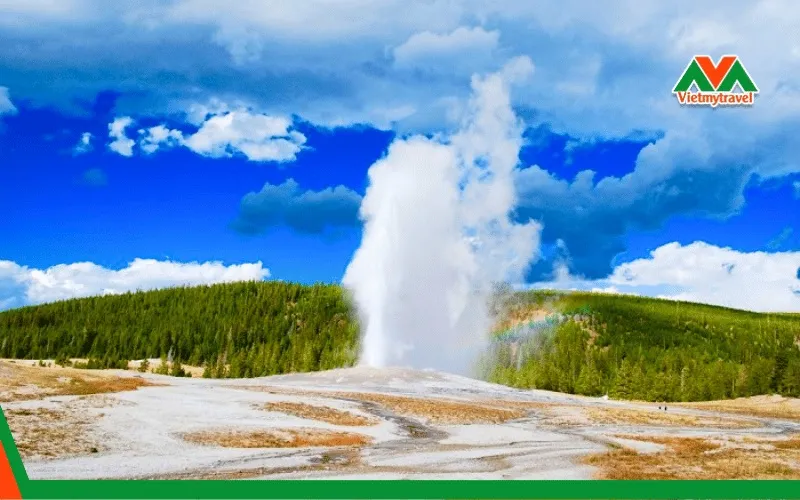
Bach Ma National Park: Nature’s “Villa”
Bach Ma National Park, located in Thua Thien Hue province, is famous for its majestic mountain scenery and year-round cool climate. With an altitude of over 1,400 meters above sea level, Bach Ma is a convergence of many different ecosystems, creating a diverse habitat for many species of flora and fauna.
One of Bach Ma’s most attractive spots is Do Quyen Waterfall, a stunning waterfall with a height of over 400 meters. To reach the waterfall, you will have to traverse a forest trail, but your effort will be rewarded with magnificent natural scenery and cool water.
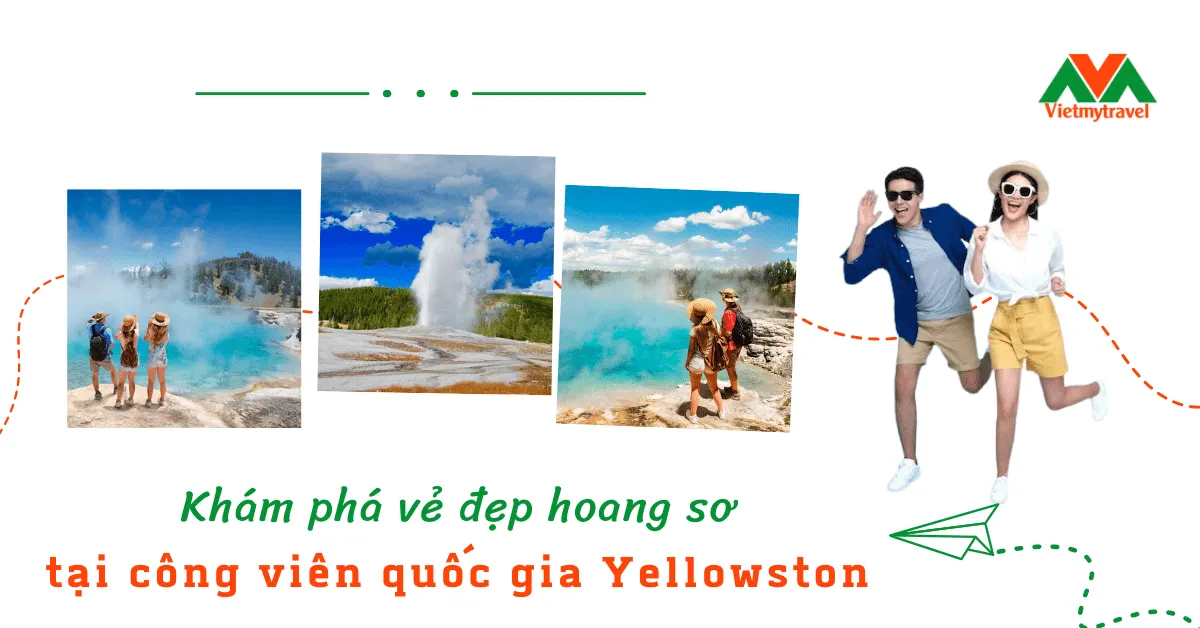
Phong Nha – Ke Bang National Park: Kingdom of Caves
Phong Nha – Ke Bang National Park, located in Quang Binh province, is a UNESCO World Natural Heritage Site. It is famous for its magnificent cave system, including Son Doong Cave, the largest cave in the world.
In addition to Son Doong Cave, Phong Nha – Ke Bang also has many other caves with unique beauty, such as Paradise Cave, Phong Nha Cave, and En Cave. You can join cave exploration tours to admire the magical stalactites and stalagmites and learn about the geological history of the area.
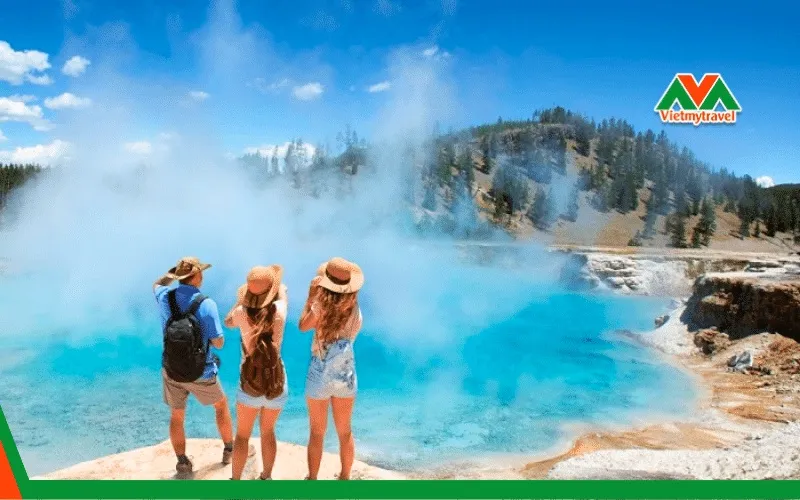
Tram Chim National Park: Bird Paradise
Tram Chim National Park, located in Dong Thap province, is a Ramsar site (wetland of international importance) and home to hundreds of different bird species, including many rare species such as the Sarus crane.
When visiting Tram Chim, you can take a boat trip on the canals to watch birds, learn about the wetland ecosystem, and enjoy the specialties of the river region. The best time to visit Tram Chim is during the dry season (from December to May), when birds flock here to breed.
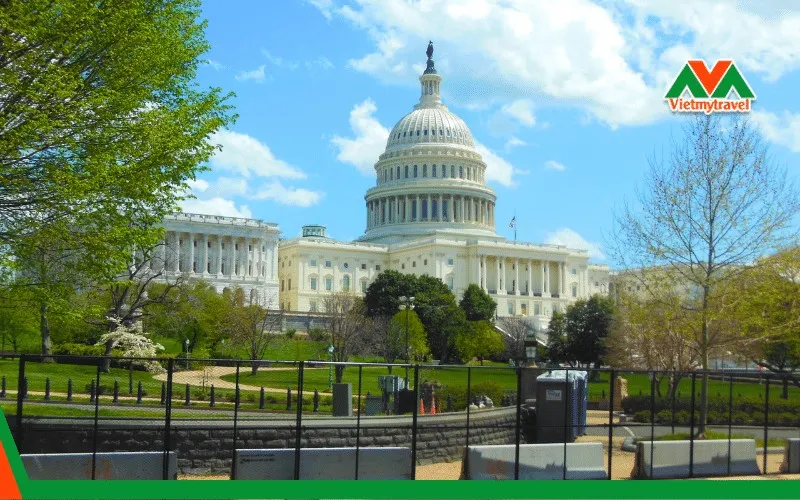
Yok Don National Park: Symphony of Dry Forest
Yok Don National Park, located in Dak Lak province, is one of the largest dry forests in Vietnam. With diverse terrain and rich ecosystems, Yok Don is home to many wildlife species such as elephants, gaurs, tigers, and leopards.
In Yok Don, you can participate in activities such as elephant riding, hiking, cycling through the forest, and learning about the culture of ethnic minorities living in the area. In particular, you can participate in community tourism programs to experience the life of local people and contribute to conservation efforts.
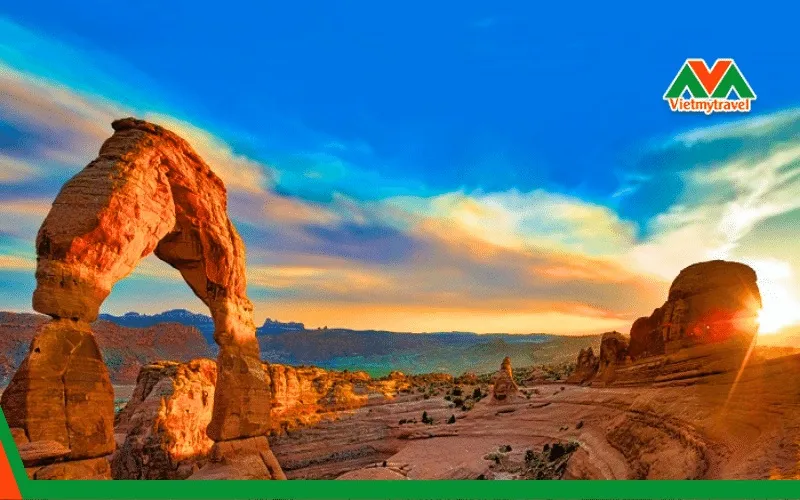
Notes When Exploring Vietnam’s National Parks
To have a complete and safe trip exploring Vietnam’s national parks, you should note the following:
- Prepare carefully: Learn about the destination you want to visit, prepare appropriate clothing, and bring enough drinking water and snacks.
- Follow regulations: Comply with the regulations of the national park, do not litter, do not make noise, and do not affect the habitat of flora and fauna.
- Hire a guide: If you do not have jungle trekking experience, you should hire a local guide for support and safety assurance.
- Protect the environment: Participate in environmental protection activities, such as cleaning up garbage and raising awareness for local people.
Conclusion
Exploring the pristine national parks in Vietnam is a wonderful journey for you to immerse yourself in nature, learn about local culture, and discover the wonders of creation. Plan your trip today and experience memorable moments in the green gems of Vietnam!